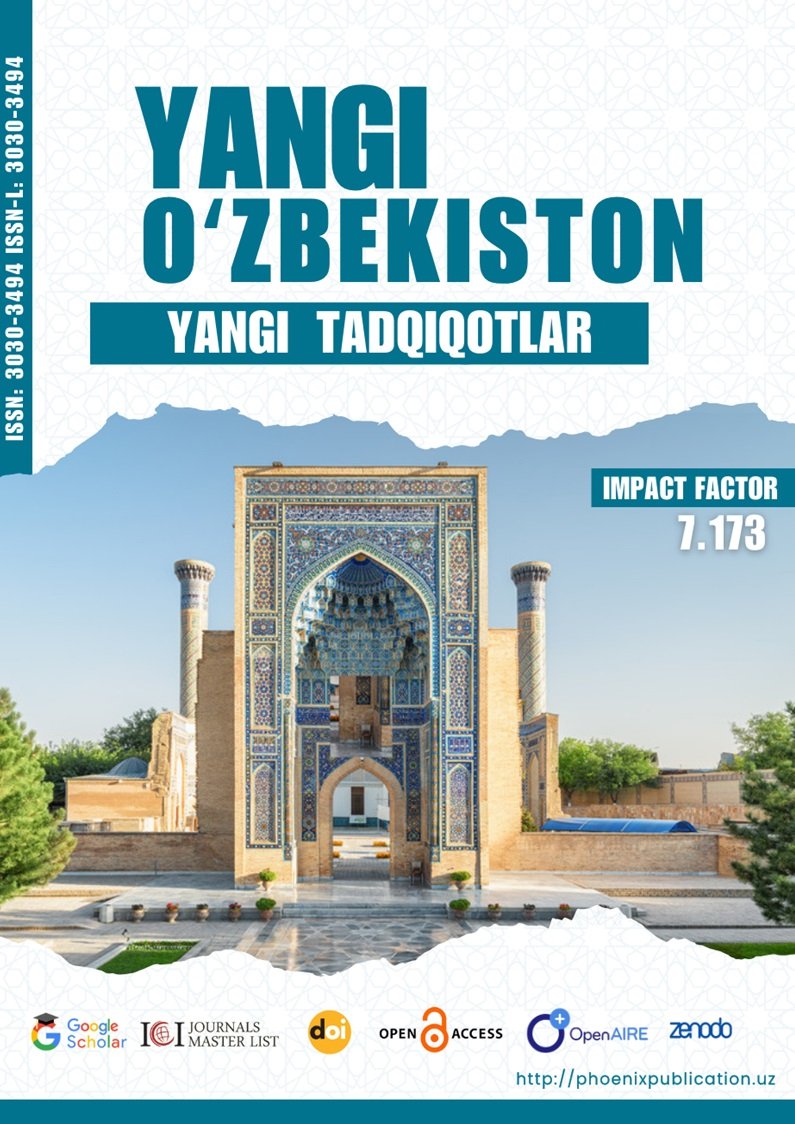Abstract
The rapid advancement of digital technology has transformed traditional education, creating new opportunities for interactive and student-centered learning. This study explores the role of technology, particularly interactive applications and online resources, in enhancing English language learning among middle school students. It examines how digital tools such as language learning apps, online games, and multimedia resources can improve motivation, engagement, and communicative competence. The research also highlights the pedagogical benefits of integrating technology into English lessons and its potential to personalize instruction according to learners’ needs and preferences. The findings suggest that technology-supported learning fosters greater autonomy, collaboration, and creativity, making English language education more effective and enjoyable for young learners.
References
1. Beatty, K. (2013). Teaching and Researching Computer-Assisted Language Learning (2nd ed.). Routledge.
2. Chapelle, C. A., & Sauro, S. (2017). The Handbook of Technology and Second Language Teaching and Learning. Wiley-Blackwell.
3. Godwin-Jones, R. (2018). Using Mobile Apps for Language Learning. Language Learning & Technology, 22(1), 3–20.
4. Hubbard, P., & Levy, M. (2006). Teacher Education in CALL. John Benjamins Publishing.
5. Kukulska-Hulme, A. (2020). Mobile-Assisted Language Learning [MALL]: Current Perspectives. Language Teaching, 53(3), 301–316.
6. Richards, J. C., & Rodgers, T. S. (2014). Approaches and Methods in Language Teaching (3rd ed.). Cambridge University Press.
7. Warschauer, M. (2011). Learning in the Cloud: How (and Why) to Transform Schools with Digital Media. Educational Technology Research and Development, 59(4), 431–448.
8. Dudeney, G., Hockly, N., & Pegrum, M. (2013). Digital Literacies. Routledge.
9. Reinders, H., & White, C. (2016). 20 Years of Technology and Language Learning: A Review of Research. Language Learning & Technology, 20(2), 124–147.
10. Stockwell, G. (2012). Using Mobile Phones for Vocabulary Activities: Examining the Effect of the Platform. Language Learning & Technology, 16(3), 43–58.
